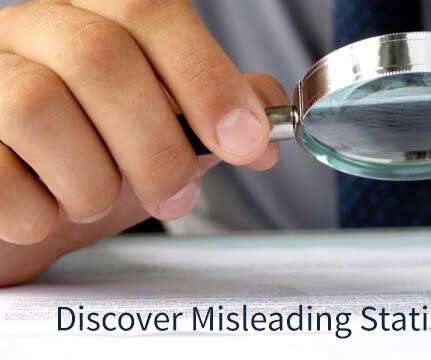Quantitative and Qualitative Data: A Vital Combination
Sisense
OCTOBER 6, 2020
Digging into quantitative data. Most commonly, we think of data as numbers that show information such as sales figures, marketing data, payroll totals, financial statistics, and other data that can be counted and measured objectively. This is quantitative data. or “how often?”



















Let's personalize your content